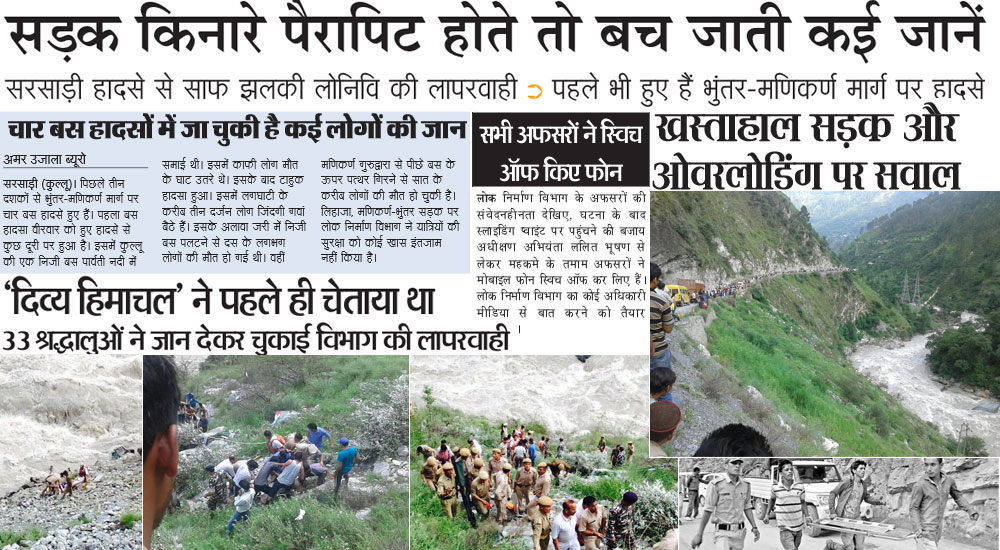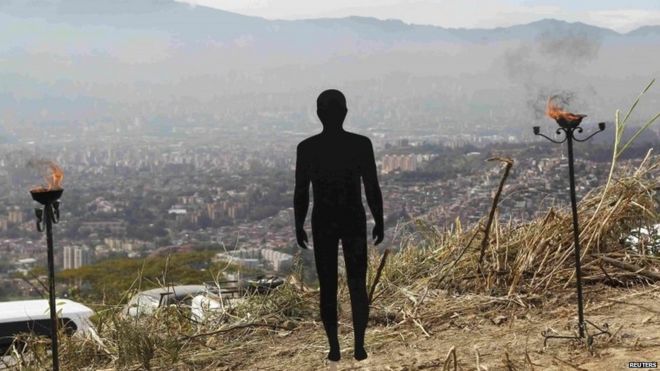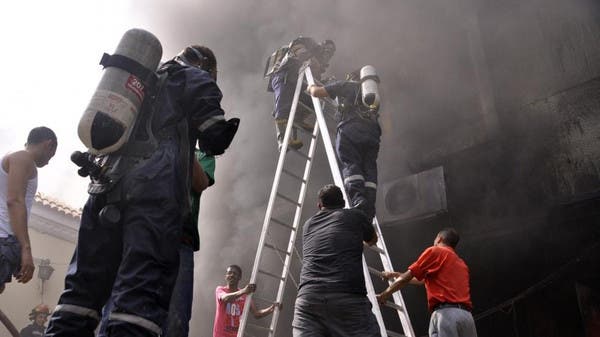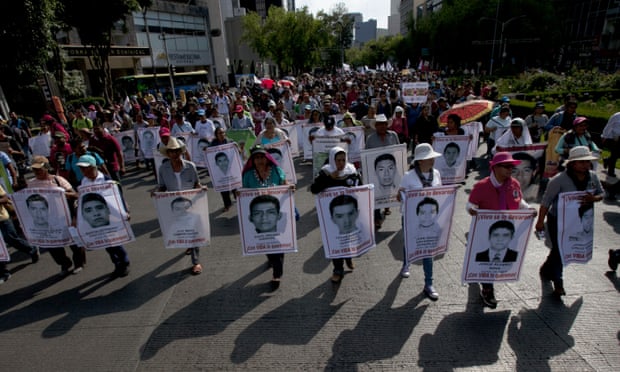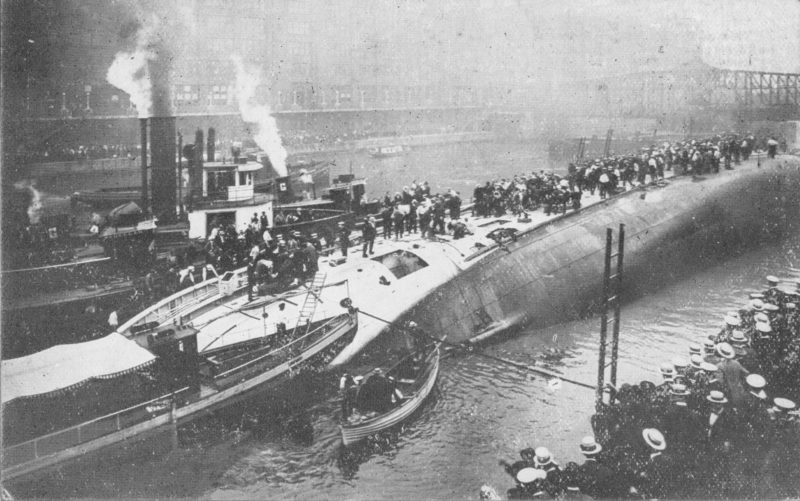
Its sinking in shark-infested waters 70 years ago is still regarded as the worst naval disaster in US history.
On November 6, 1968, a 70-year-old man was found dead on the lawn of his home in Litchfield, Connecticut.
In his hand he clutched a toy sailor. The body was that of Charles Butler McVay III, a retired rear-admiral in the US Navy.
He had shot himself with his Navy issue revolver but, in some ways, tragedy and injustice had broken Charles McVay many years earlier.
From November 1944 until July 1945, he had served as captain of the USS Indiana polis, flagship of the 5th Fleet.
Shortly after midnight on July 30, 1945, the ship was hit by Japanese torpedoes and sank within 12 minutes.
Nearly 900 of the 1,197 aboard survived but they remained adrift in the Pacific for five days before being rescued.
By then only 317 were left. The rest had perished by drowning, dehydration, exposure or shark attacks.
It remains the biggest US naval disaster of the war and Captain McVay, quite wrongly, got the blame.
If they were hungry, they’d eat a little of you. If not, they’d leave you alone. The fear was constant
Seventy years later, the tragedy of the USS Indianapolis is to be told in two Hollywood films.
One of them, Men of Courage is in production in Mobile, Alabama, with Oscar-winner Nicolas Cage playing Captain McVay.
Despite its scale, the disaster – and the shameful incompetence of the US Navy high command – remained little known for years.
On July 29, 1945, the Indianapolis was returning from a top-secret mission to deliver enriched uranium and other parts to the island of Tinian in the Pacific.
The materials were destined for use in Little Boy, the atomic bomb that would later be dropped on Hiroshima.
The delivery completed, the Indianapolis called at Guam for a change of crew, then set sail for Leyte, in the Phillippines.
At 12.14am on July 30, two torpedoes from a Japanese submarine struck the ship on her starboard bow.
Three hundred of her sailors never got the chance to obey the order to abandon ship.
No lifeboats or life rafts were launched.
The others jumped into the dark waters of the Pacific, many before they had time to grab a life jacket.
As the Indianopolis sank, her four propellers were still turning.
The ship had no sonar to detect submarines but the crew managed to send three SOS signals.
However, it soon became clear that the 880 drifting survivors faced other perils.
They had no food or water and nothing to cling to except each other.
By day they burned under the fierce sun. By night, they froze.
And then there were the sharks – hundreds of them.
“I saw a shark the first morning after daylight,” recalled Loel Dean Cox, then 19, who had come on duty at midnight.
“I swear some were 15 feet long but then they all looked that big swimming beneath you.”
At first the sharks feasted on the dead bodies but soon they began picking off the living.
“We were losing three or four each night and day,” said Cox.
“Every few minutes you’d see a dozen or two dozen fins coming at you.
"They’d bump you but you never knew when they would attack.
“If they were hungry, they’d eat a little of you. If not, they’d leave you alone. The fear was constant.”
On the third day, Cox saw a shark shoot towards him “like lightning” and take down the man next to him.
“I stayed in half shock after that. All you could do was pray it wouldn’t be you.”
The men huddled together in groups in the hope of deterring the sharks.
At first they talked constantly but as the hours stretched into days, their tongues became swollen with thirst.
Some began to hallucinate. One sailor believed he was in touch by walkie-talkie with a submarine but warned that no one who wet the bed would be rescued.
One of Cox’s friends became convinced the Indianapolis was floating just below the ocean surface and announced he would dive to the second deck where the supply of drinking water was stored.
He resurfaced, raving about how good the water tasted.
Minutes later he choked to death, with brown foam at his mouth from drinking salt water.
On the fourth day, two US Navy aircraft flew over the sailors without seeing them.
Just before sundown, they were finally spotted by a seaplane flying so low that the men in the water could see a man waving.
“That was when the tears came,” said Cox.
“That was the happiest time of my life.”
As he waited for rescue, drifting in and out of consciousness, he became aware of a bright light.
“It came down out of a cloud.
"I thought it was from heaven but it was the rescue ship shining its spotlight up into the sky to give all the sailors hope and let them know someone was looking for them.”
But why had it taken so long to rescue them?
Why was there no response to the three distress signals sent from the Indianapolis?
Before the voyage, Captain McVay had requested a destroyer escort.
Despite the Indianapolis having no sonar and despite evidence of Japanese submarine activity in the area, the request was denied.
Instead, the admirals had simply instructed McVay to adopt a “zig-zag” course. Why?
Captain McVay never got an answer.
Instead he became the scapegoat that the US Navy clearly needed.
In November 1945 McVay was found guilty of “hazarding his ship by failing to zig-zag”.
Even the Japanese commander of the submarine that had fired the fatal missiles testified that zig-zagging would have made no difference.
By then the public were celebrating the Japanese surrender and had little stomach for wartime calamities.
Despite 380 US ships being sunk in the war, McVay was the only captain court-martialled for losing his.
For years the navy denied receiving any distress signal but when they were eventually declassified, papers relating to the disaster revealed that all three had been received and ignored.
One commander was drunk, another didn’t want to be disturbed and the third suspected a Japanese trap.
No one had reported the ship’s failure to arrive in Leyte because no one was tracking it.
McVay retired in 1949 as a rear-admiral but for the rest of his life he was haunted by abusive letters and phone calls from the families of the dead sailors.
Eventually he could take no more. He was finally exonerated in 2000 after an unrelenting campaign by some of the survivors, aided by a 12-year-old Florida schoolboy who interviewed 150 of them for a history project and gave evidence before the US Congress.
Until then, the only mainstream reference to the Indianapolis was in the 1975 blockbuster Jaws, in which shark-hunter Quint, played by Robert Shaw, reveals he survived the sinking.
There are now only 32 survivors of the Indianapolis, among them Richard Stephens who has given his first-hand account to Nicolas Cage.
After five days in the sea, Loel Dean Cox’s hair, fingernails and toenails fell out.
He returned to his home town in Texas and died there in January, aged 89.
The horror had never faded for him. “I dream every night and I have anxiety every day,” he said.
“But I’m living with it and sleeping with it and getting by.”
Wednesday 29 July 2015
http://www.express.co.uk/news/history/594535/Tragedy-of-the-USS-Indianapolis


